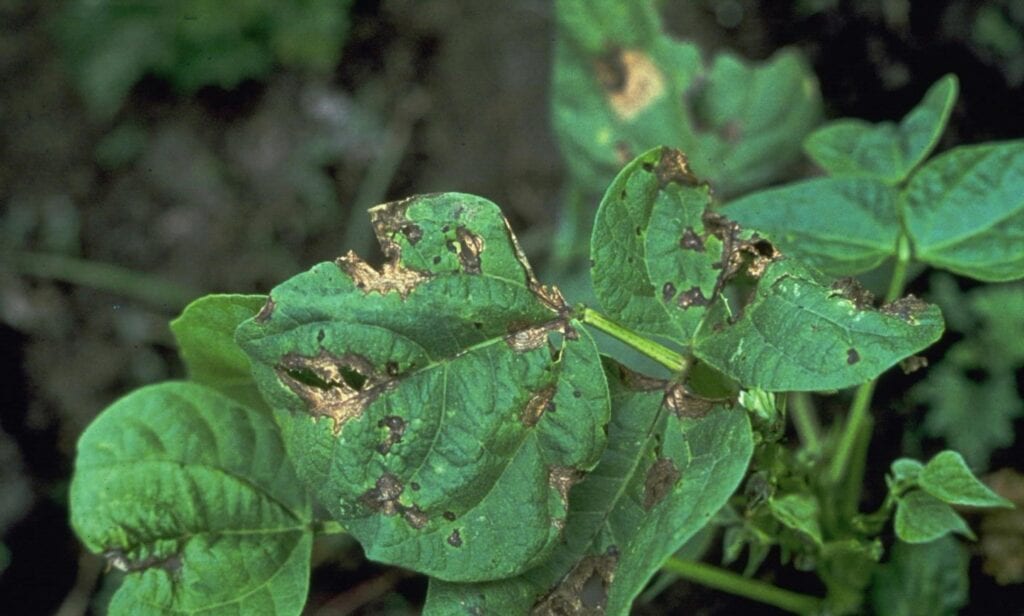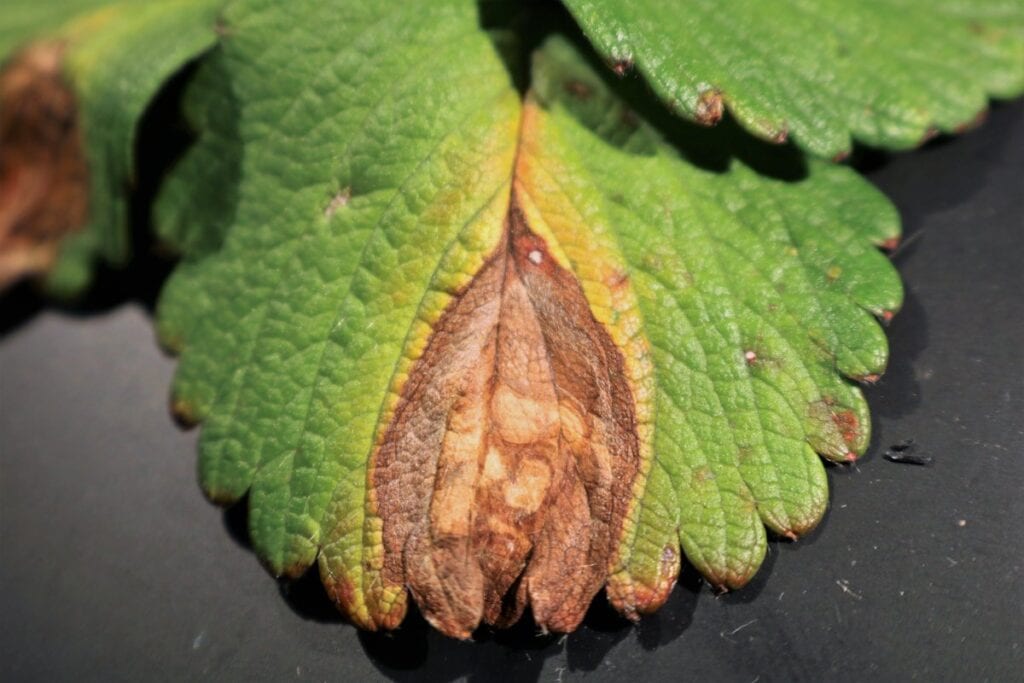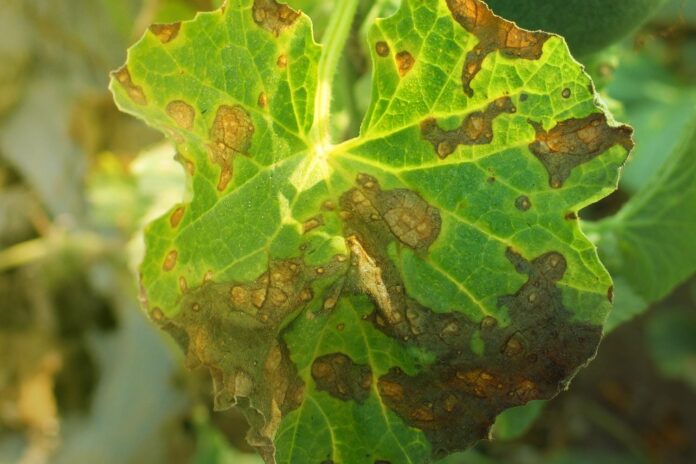Phoma blight which occurs in plants tends to be very damaging especially to a good number of ornamentals and crops like the Vinca Groundcover. If you are facing this problem in your garden there are quite some preventative measures that you can adopt and also other things that you can do when you spot this infection.
These preventative measures would help in fighting phoma blight in plants and also helping to save the life of the plants in your garden so stick around and read through this article thoroughly.
Check This Out – Plant Defoliation – Dealing With Defoliated Plants In Your Garden

What Is Phoma Blight
The Phoma species are responsible for the fungal infection which causes the phoma blight and this type of infection is most common during cool and wet conditions. The phoma species tend to survive in the debris of old plants found under plantings and also in most soils.
There are certain signs that you would see which would tell you that your plant is suffering from phoma blight and some of these signs include browning, wilting, running and death of the entire plants.
If your plants are suffering from phoma blight you would also see black and dark brown lesions around the girdle of stems and these lesions most times can be seen close to the line of the soil.
Leaves affected by phoma blight would also tend to have dark-colored spots and when you spot any of these signs which we have mentioned then you can be sure that your plants are already infected with phoma blight.
Phoma blight is known to spread rapidly and if it comes in contact with any part of a plant that is healthy then that plant is bound to succumb to the sickness.
Trendy Post – Toxic Garden Plants For Chickens
If plants are already exposed to too much stress or they are already infected with certain wounds then they stand at a higher risk of getting infected with phoma blight. The stressing condition here could either be if the soil isn’t rich in nutrients or if it is suffering from overwatering.
Fighting Phoma Blight In Plants

When it comes to gardening, it is very challenging and difficult to stop the spread of a fungal infection and this is because it spreads through garden beds very quickly. Asides from the way it spreads, it is also a type of infection that persists for a long period of time.
This is simply because fungus survives great under plant debris and soil matter. Adopting preventative measures in combating the spread of phoma blight is very important and some of these steps might include a proper flow of air in the soil bed and also avoiding excess watering.
Overhanging plants that tend to hinder the flow of air also need to be removed as well as thin plants as well need to remove. Eliminating debris from under your plants is also important if you want to prevent the spread of phoma blight in your plants but in some cases, this might be a bit difficult to achieve or do.
Dead plant material or plants that are infected with diseases needs to removed as well as it helps to curb the spread of phoma blight.
Lastly, one other thing that you should know is if you decide to make use of fungicides in treating phoma blight then you could end up having mixed results. The recommended fungicides are copper fungicides but you would still need to check with your local nursery on the type of chemical that should be used on certain plants like periwinkle.
However, there are other fungicides that you can also make use of which would help to prevent the spread of this fungal disease.
If phoma blight ends up becoming a serious problem then pulling out the plants and replacing them with plants that are resistant to diseases might be the only option that you have on the table.
Related Post – Why Plants Die In The Same Spot







